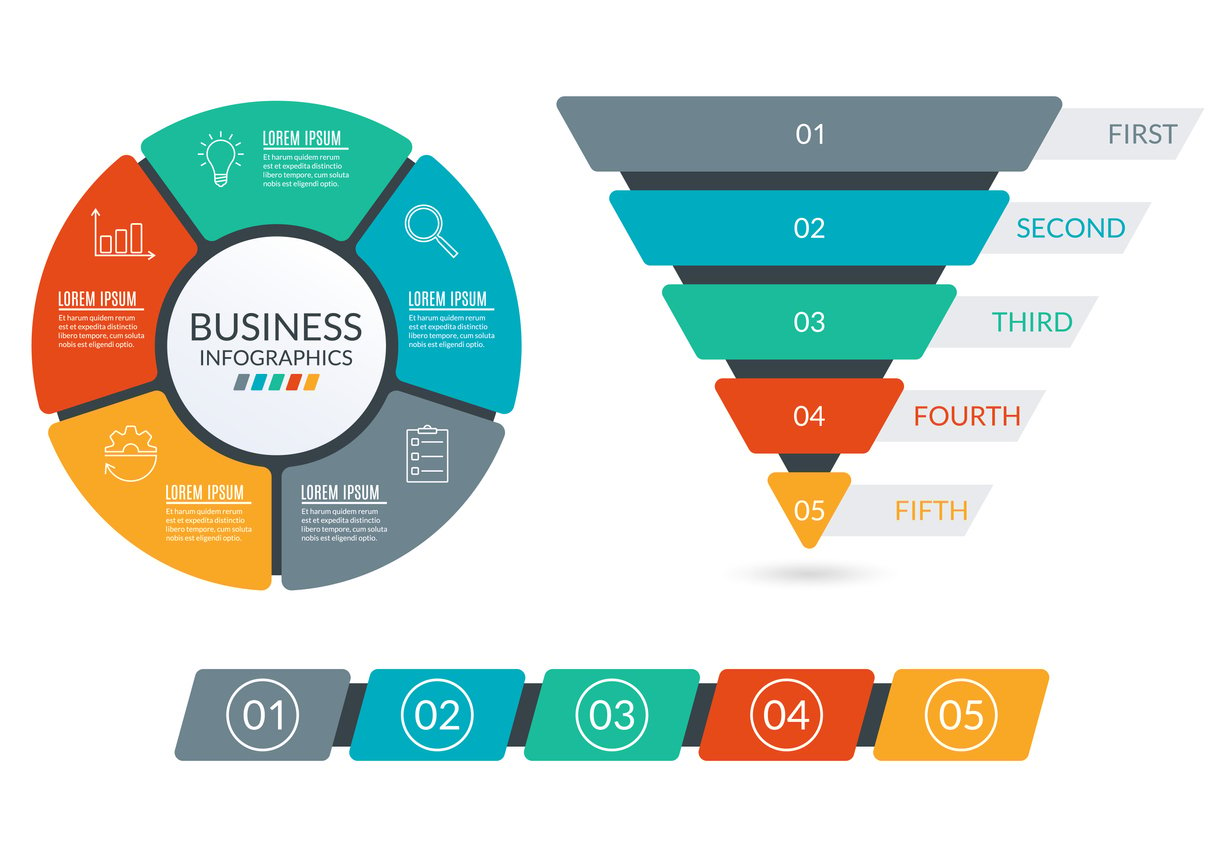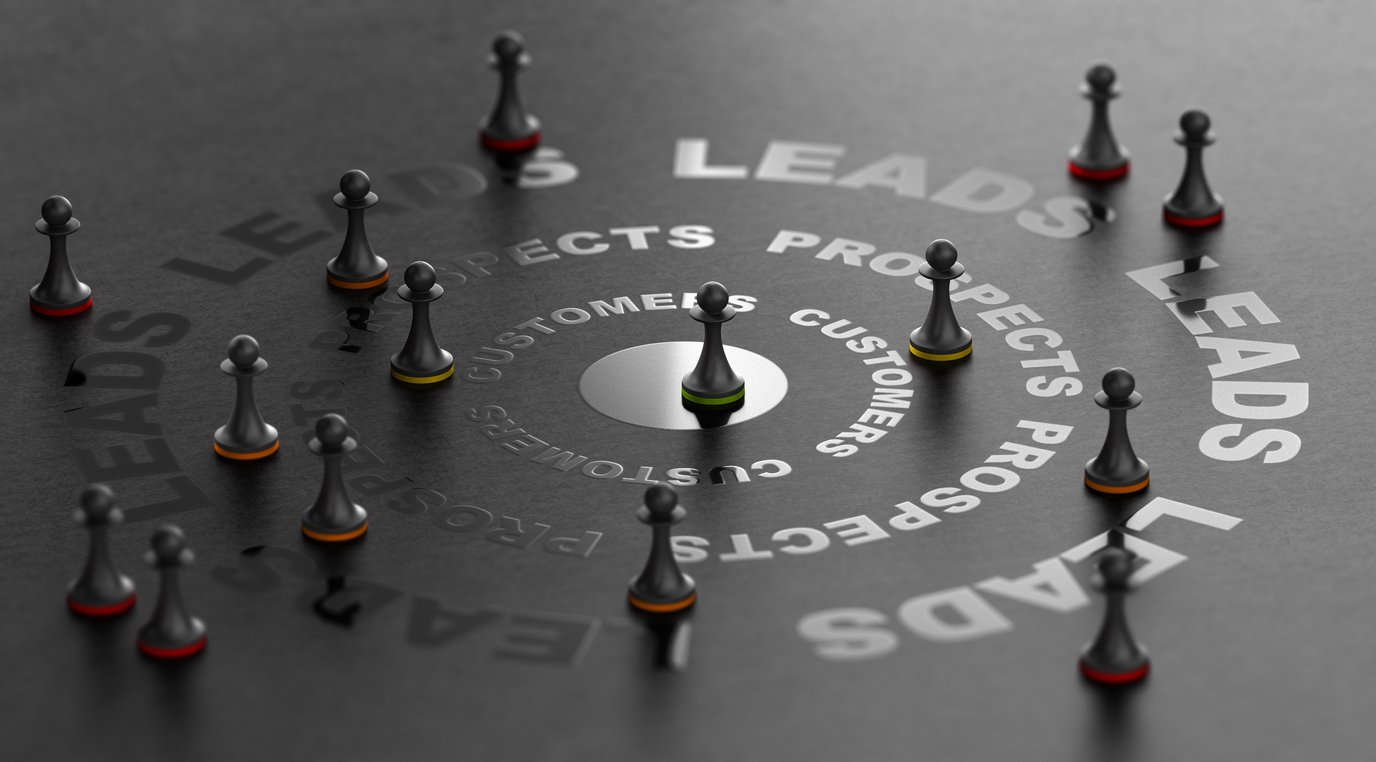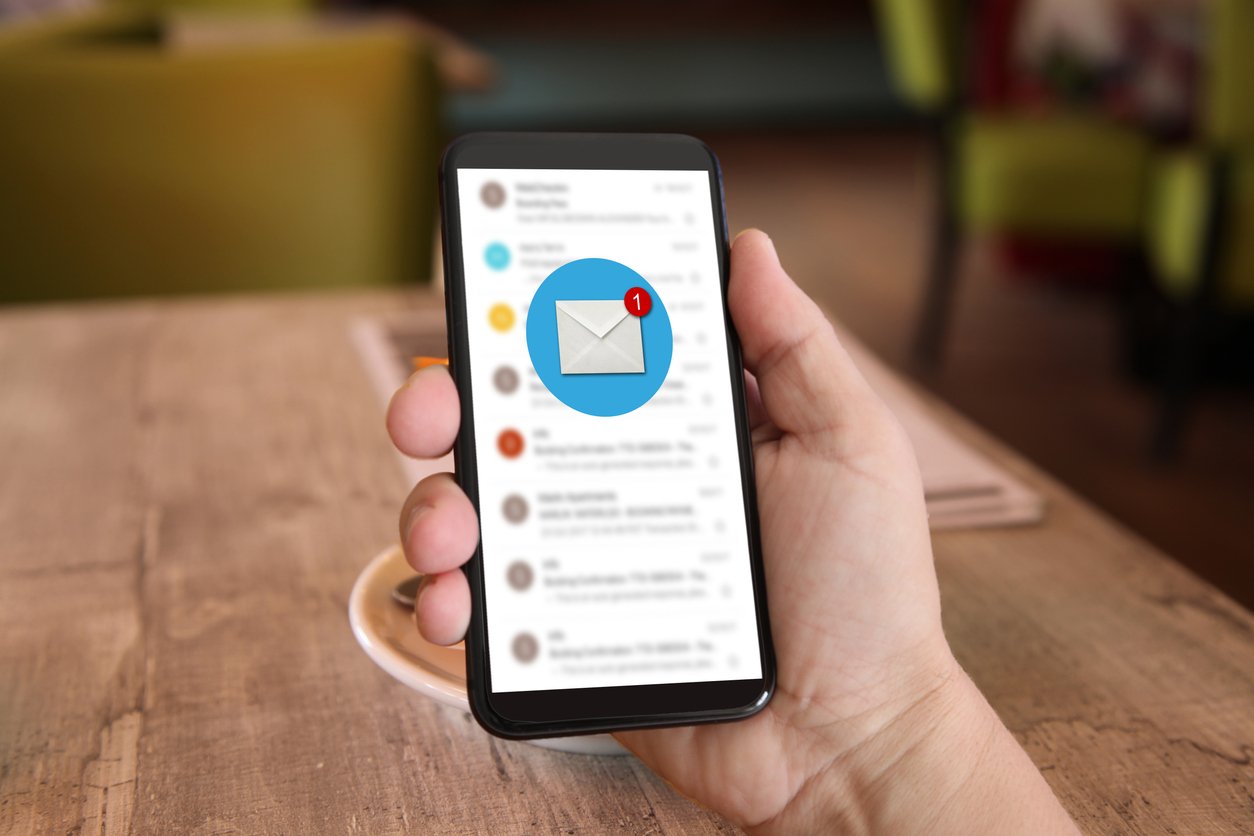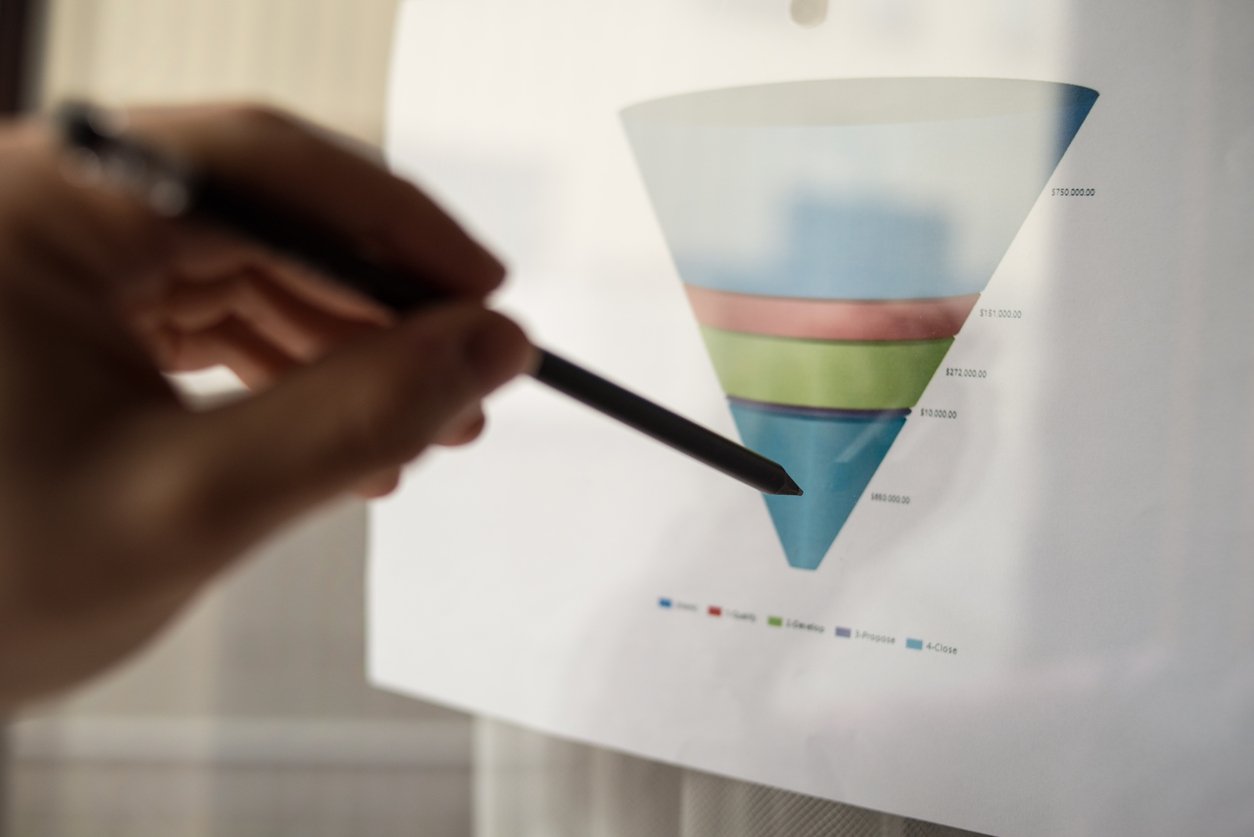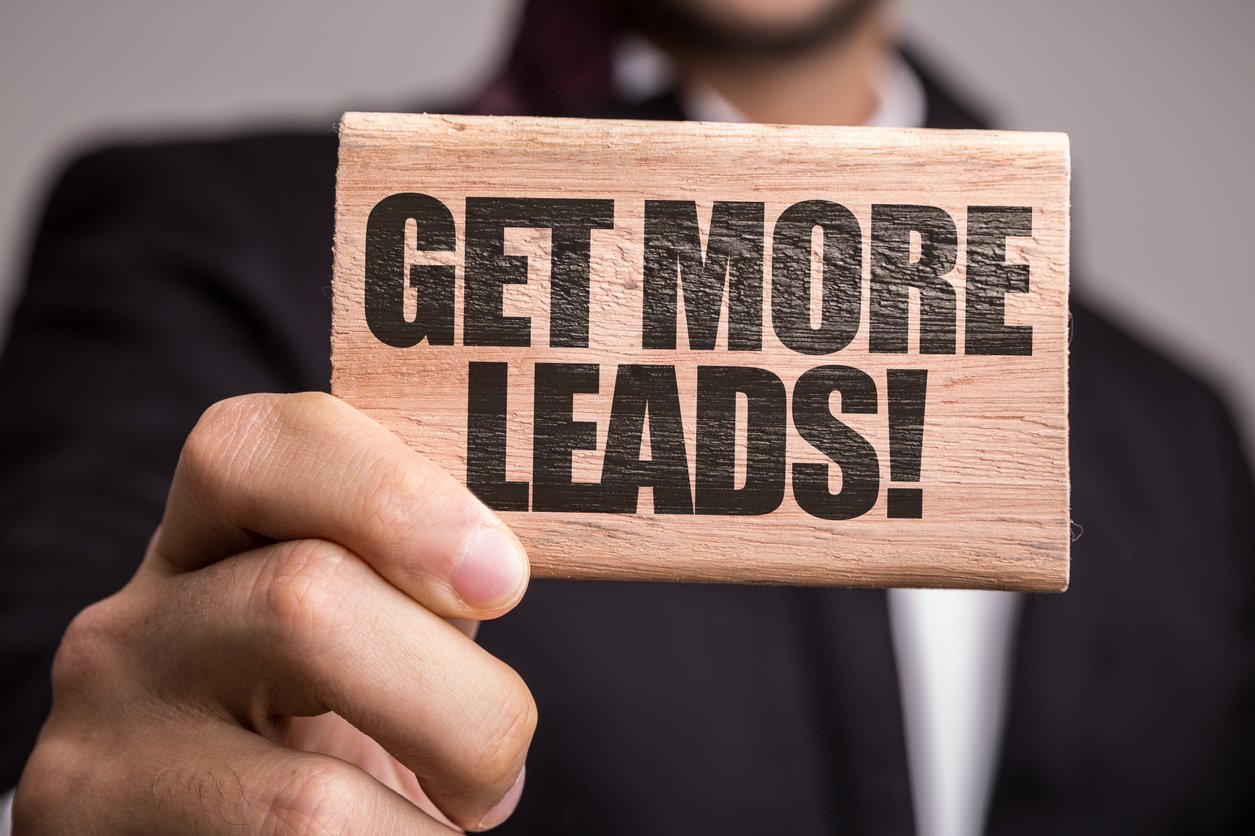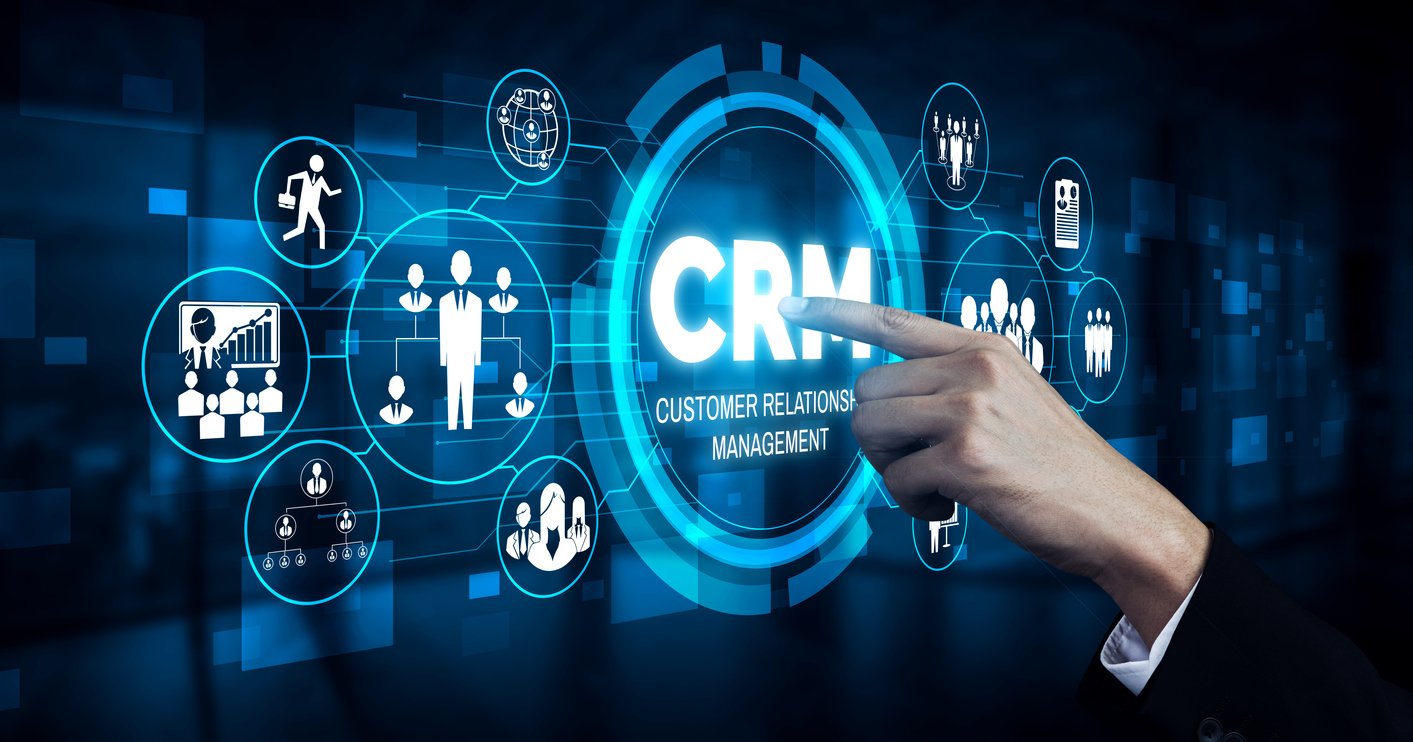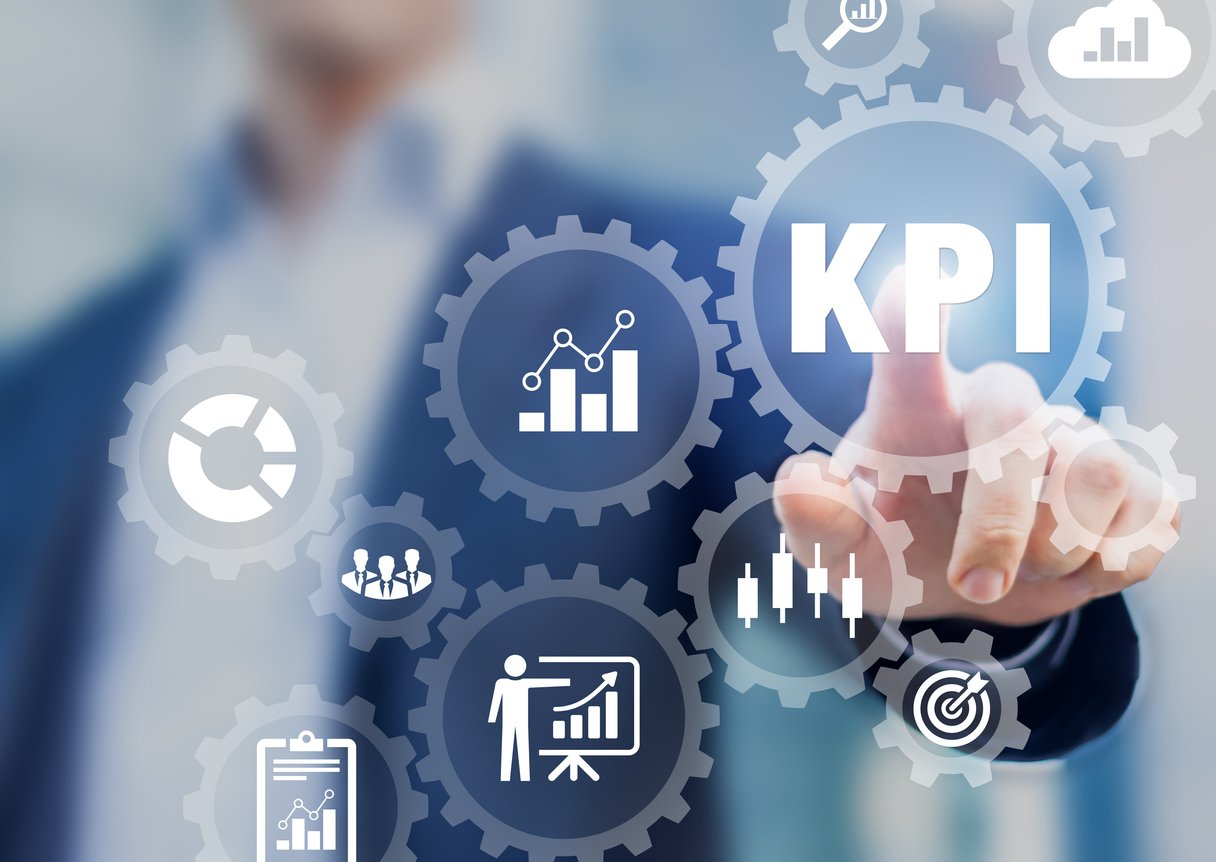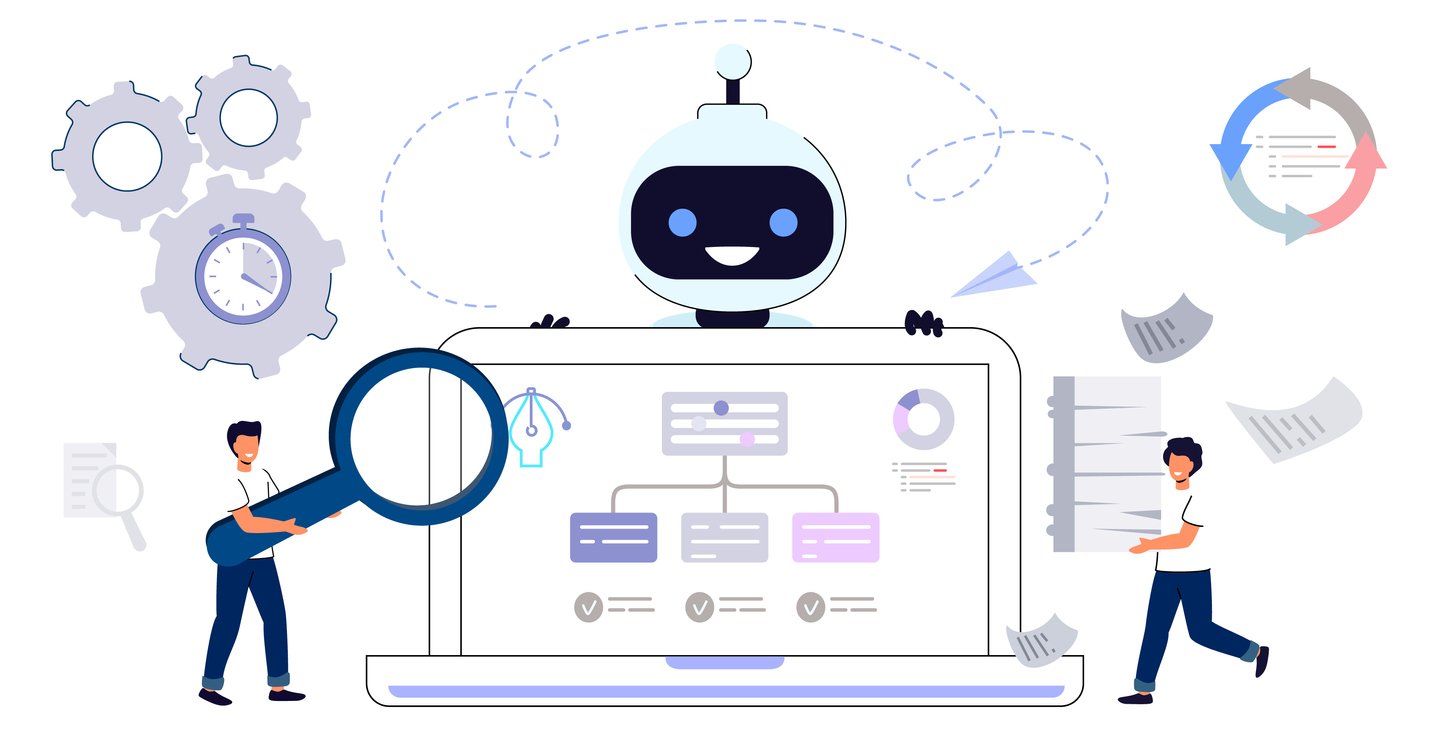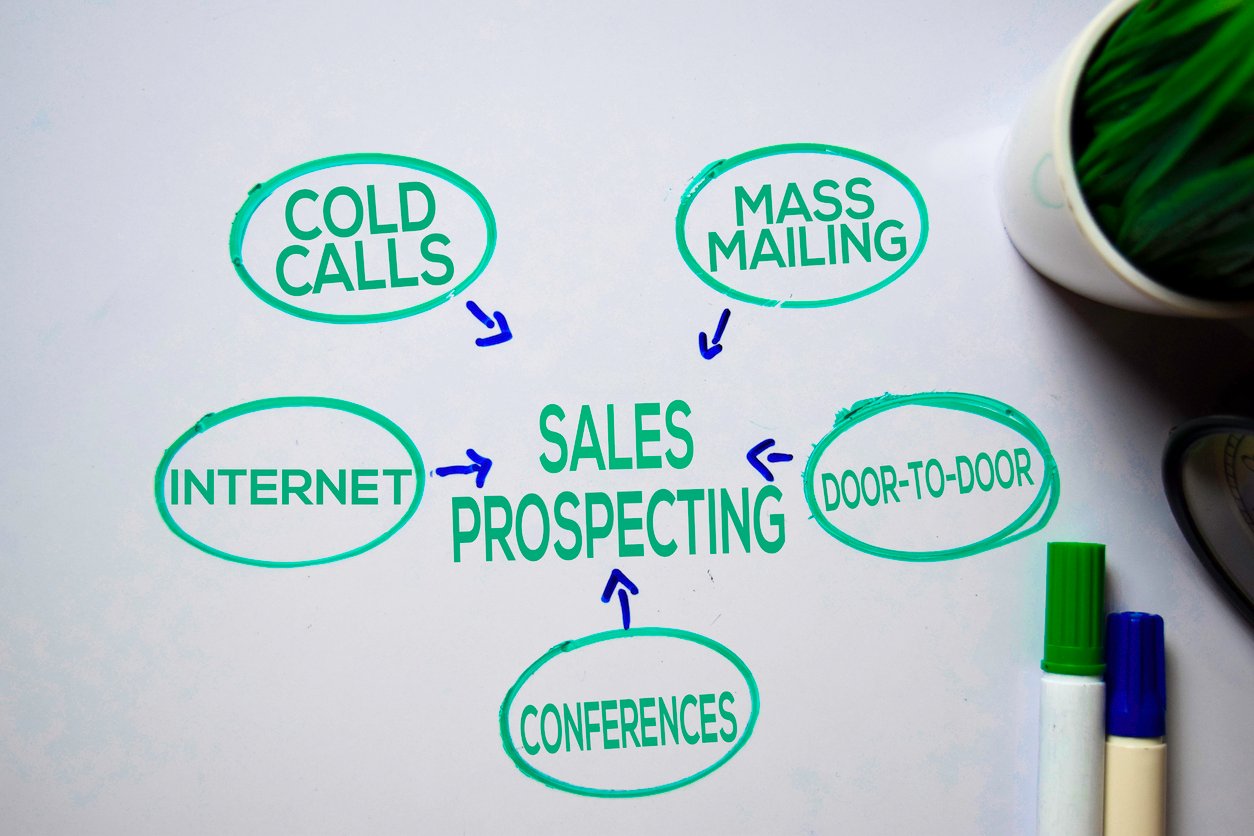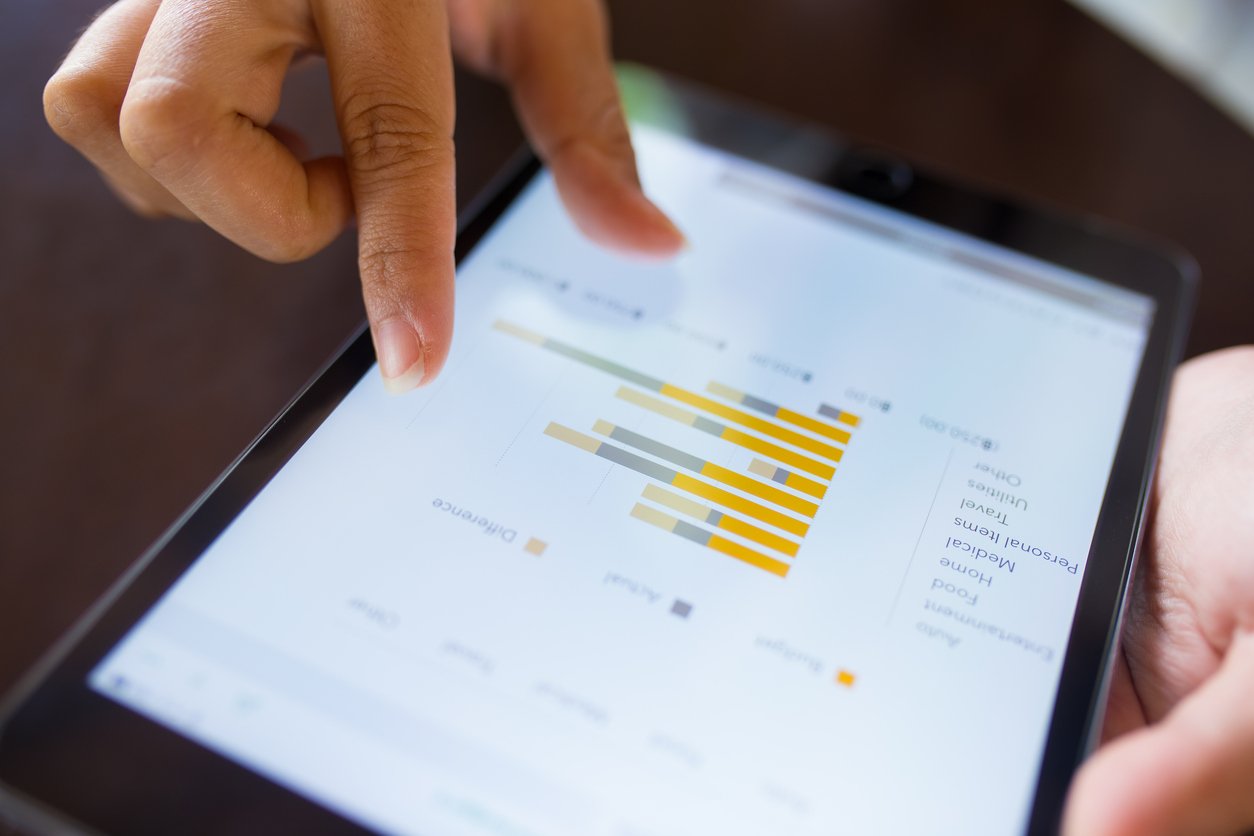
24 Tips to Help You Excel at All 7 Sales Cycle Stages
 Updated on
Updated on
By Ringy
Table of Contents
Table of Contents
Always be closing.
Isn't that the refrain we've all heard?
Well, to be doing that you'll want to make sure you have an incredible sales cycle – one where all the sales cycle stages work seamlessly together like a well-oiled machine.
Maybe you already have that, but there's always room for improvement, eh?
And if you don't have that, read on for tips to excel at all 7 sales cycle stages.
Starting with what exactly is a sales cycle, and what are the sales cycle stages?
(Psst, if you already know what a sales cycle is, feel free to skip right to the tips.)
What is a Sales Cycle
A sales cycle is a series of 7 steps (give or take new ones an organization may add) it takes for your sales team to get a lead from a prospective buyer to an actual customer, and then rinse and repeat with the next prospective buyer. Although the steps are standard, how your sales team uses them will differ.
You may have heard the sales cycle referred to by other names, including:
- Sales workflow
- Sales process
- Sales journey
These all essentially refer to the same thing, with varying degrees of detail. The sales process is the sales cycle aligned with your buyer's journey, and the sales workflow gives more of an outline of what to do in different scenarios at each stage of the cycle.
To be the most productive you can in sales, you'll want to have the shortest sales cycle possible, so each of the sales cycle stages will need to be as optimized and efficient as possible.
What Are the 7 Stages of Sales Cycle
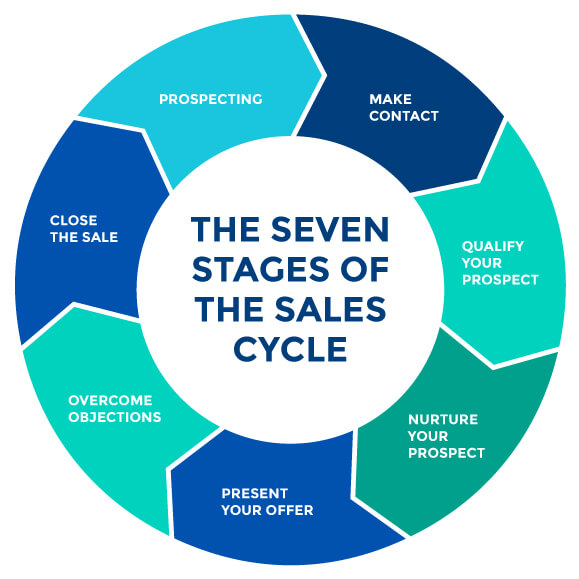
So previously it was mentioned that there are 7 stages in the sales cycle. You may be wondering what exactly they are.
The 7 stages of the sales cycle are:
- Prospect
- Qualify
- Contact
- Present
- Nurture
- Close Deal
- Request Referral
Now let's explain each of the 7 stages of the sales cycle more in-depth.
Stage 1: Prospect
The aptly-named prospecting stage is when you're actively looking for new prospects (or new potential customers). You may do this by researching, checking social media, and using any data given to you by a CRM or other sales tools. Once you've found one, you'll want to reach out to the organization, which brings us to stage 2.
Stage 2: Contact
In this stage you'll reach out and initiate contact with the prospect. You will want to learn more about the organization, including who you should be speaking to as the Key Decision Maker (KDM) who will ultimately be the person who decides whether or not the prospect will be buying any of your products or services.
Stage 3: Qualify
In the third stage, the qualifying stage, you'll be investigating the quality of the lead. You'll establish whether or not your organization and the prospects are good fits for each other. This will probably involve a series of specific questions you ask the KDM, used to identify if the prospect has a need your products can fulfill.
Stage 4: Present
Once you've qualified the lead and established what products or services your organization offers that would fit well with your prospect, it's time to present these perfect products or services to the prospect in the fourth stage. Your presentation should be clear and concise in what exactly it is that your company is offering.
Stage 5: Nurture
In the fifth stage, you'll need to nurture the prospect. Screen any questions the prospect may have about your products or services, making sure you have the answers to overcome any obstacles that may arise. Nurturing your prospect should include checking in with the KDM, keeping yourself on his/her mind, but not necessarily always aggressively pushing sales.
Stage 6: Close Deal
In the closing the deal sixth stage you'll be … well, closing the deal. This stage is when hands are shaken, contracts are signed, and deals are officially made. This is technically the stage when the sale is made (and hence the deal is closed), even though it's not the final stage of the sales cycle.
Stage 7: Request referral
Once the sale has been made, don't just abandon the customer. You'll want to keep in contact with the organization. Maybe there will be opportunities for increased or more sales in the future. You will also want to ask for a referral. That way you may get new prospects for them in the future.
Here's a simple table summarizing the information:
Sales Cycle Stages
<td">Brief Explanation
</td"></td"><td">Prospecting
<td">Lead generation of potential prospects
</td"></td"><td">Contacting
<td">Reaching out to the prospects
</td"></td"><td">Qualifying
<td">Evaluating if you're a good fit for each other
</td"></td"><td">Presenting
<td">Presenting the ideal product(s) or service(s) you have for them
</td"></td"><td">Nurturing
<td">Maintaining contact, following up, and answering questions
</td"></td"><td">Closing the Deal
<td">Completing the sale and getting that contract signed or cheque received
</td"></td"><td">Requesting a Referral
<td">Asking the customer for a referral to another lead/prospect
</td"></td">4 Tips to Excel at the Prospecting Sales Cycle Stage

Now that you know what the 7 stages of the sales cycle are, it's time for some tips on excelling at each one.
Let's take it from the top, starting with the first stage of sales cycle prospecting.
TL;DR, the tips are:
- Keep the top of your funnel full
- Use more than one way to prospect
- Use lead generation software
- Use a CRM for lead scores
Keep the Top of the Funnel Full
Think of your sales cycle like a funnel, although this funnel is also a colander because you'll be losing some prospects at each stage along the way. Not every prospect you find will make it all the way to the closing and referral stages. So you need to keep the top of the funnel as full as possible so that most prospects can make it out the other side and into successful sales.
All this is to say, always be prospecting, and always have new prospects on the go. This has a couple of different benefits:
- It prevents a waiting period between closing a deal with one prospect and finding another
- It creates better chances for getting more deals closed
Prospect Multiple Ways
Continuing along the same lines, use multiple methods to find new prospects. Research online, check social media, use referrals, launch digital ads, and take advantage of data from your CRM and other sales tools … whatever methods you have for finding prospects, just make sure it's more than one.
Lead Generation Software
One of those multiple prospecting methods should include lead generation software, preferably one that integrates with your CRM. It can help generate outbound and inbound leads and it can make a big difference in not only the ease of generating leads and data storing but also in increasing sales. As cited in our previous lead generation software article, marketers using automation software reported an 80% increase in leads while 77% reported higher conversions.
CRM's Lead Scores
Not all prospects are made equally. And if you have a bad lead that's a poor fit and never going to result in a sale, you want to know as soon as possible so you can quit wasting your time on that prospect as quickly as possible.
So if you have a CRM that provides prospects with scores qualifying how good they are based on a variety of different data-driven factors, take advantage of that service! Prioritize leads rated well over those with worse scores.
3 Tips to Excel at the Contacting Sales Cycle Stage
Alright. You've prospected. You've got some good leads you want to reach out to. Now what? How do you go about initiating contact?
You start by using these 3 tips.
TL;DR, the tips are:
- Do some qualifying and research before reaching out
- Use a combination of automation and personalization
- A/B Test different approaches
Begin Qualifying Before Reaching Out
You should be following up with every lead, but not necessarily every lead will make it to the contacting stage. Do some preliminary research on a prospect before reaching out. You want to have an idea of what the company does and maybe even an idea of how your products could help before you reach out.
This way you can do a bit of qualifying before you make contact, so if you see any glaring red flags that scream at you this lead won't be worth your time, or if the prospect doesn't fit into your buyer persona, you can listen, and spend your time on good leads instead.
Combination of Automation & Personalization
When reaching out to your prospect, use a combination of automation and personalization – and use email. 64% of leads prefer you reach out to them via email.
And emailing works well for you, too. Because it allows you to use a combination of an automated and personalized sales email, you can save yourself some time, while also making the lead feel special and tailoring the experience to the organization.
Here's a brief table outlining a few different ideas for emails to automate vs personalize.
|
Automate |
Personalize |
|
Welcome Emails |
Initial Contact Email |
|
Follow-Up Emails |
Responses to Questions |
|
Meeting Reminders |
Emails Easing Customer Fears |
Using a CRM for sales automation is similar to CRM marketing automation, including email. You can schedule emails, create templates for them, send reminders for any meetings or deadlines, etc.
A combination of both can be important because while automation will save you time and allow you to contact more leads, 71% of consumers think personalization affects their decisions to engage with emails.
Now, this doesn't mean to not calling prospects at all. You will in all likelihood still have to pick up the phone at some point in this stage. After all, 56% of prospects still prefer phone calls.
A/B Test Different Approaches
Another tactic to steal from marketing is A/B testing. Especially with automated emails. When creating templates, when deciding if a phone call or an email will work better when choosing between more or less copy, and personalization, and any other decisions you need to make when initiating contact with prospects … A/B test it!
A/B testing works by having two different versions of the same thing or something with the same goal (like a welcome email, for instance), trying both out on different prospects, and seeing which gets the best results. The one that gets the better results can become an official integration into your sales process (unless neither truly gets good results, then it's back to the drawing board.)
3 Tips to Excel at the Qualifying Sales Cycle Stage

Once you've contacted your lead, it's qualifying time.
And here are some tips to do it.
TL;DR, the tips are:
- Have a list of general questions
- Don't be afraid to improvise
- Keep track of information on your prospect
A List of General Questions
Maybe you've been selling a long time and you just know which questions to ask based on experience. Maybe you're fairly new to the selling game and would benefit from a framework.
Either way, it's not a bad idea to have a list of general questions to ask in this qualifying stage so you can garner, as quickly as possible, if you're a good fit for each other.
However, make sure your general questions don't sound too scripted. Any sign of inauthenticity can be the kiss of death for salespeople.
Don't Be Afraid to Improvise
That being said, don't be so beholden to your list that you miss opportunities to ask different questions, turn the conversation in a new direction, and learn new information about the organization. Maybe there's an opportunity for you to sell products or services you hadn't thought of for this prospect due to the industry it's in, or any other reason.
So always be listening to your prospect. Be genuinely interested in your prospect and whether you can help the organization. Ask follow up questions. And take opportunities to learn more about the company.
Keep Track of Information on Your Prospect
CRMs will often have features you can use to keep track of information on your leads. You'll want to use these features. If you are dealing with several leads and customers at a time, you want to be sure you can keep them all straight in your head. You don't want to get mixed up about a customer while on a sales call.
Some helpful features for customer information tracking include contact organization and call recording and tracking, as Ringy offers.
5 Tips to Excel at the Presenting Sales Cycle Stage
You've decided your products can genuinely help your prospect and you're ready to pitch it to the organization.
Let's help you do that.
TL;DR, the tips are:
- Be prepared
- Don't be too pushy
- Use visuals if possible
- Make your presentation or demo easy to understand
- Focus on how the product helps your customer
Be Prepared
This may seem like an obvious tip, but go into this phone call, meeting, video conference, etc, prepared. Know not only your product(s) and service(s) well, but your prospect, too. Be confident in what you're saying. Know that you're offering something that will genuinely benefit the organization. And be prepared to answer any questions and jump over any hurdles.
Don't Be Too Pushy
All that being said, don't be too pushy. 61% of respondents in a study by Hubspot said the sales experience would be better if salespeople weren't pushy. In that same study, 84% of those who had a negative experience reported sales being pushy, but 50% of sales said they weren't.
This data shows that salespeople may not always know when they're being perceived as pushy, but it does have a noticeable, negative effect on customers.
So be confident. Be knowledgeable. Be persuasive. Be prepared. Don't be pushy.
Use Visuals
Videos, live demos, pictures, diagrams … etc. Any visuals you can use to illustrate your product and how to use it are great ways to illustrate to your customer why the organization needs it. Obviously, this won't always be possible, if sales are being made over the phone or are potentially otherwise remote sales, which have their own do's and don'ts.
However, it's a good tool to use if you can.
Make Your Presentation/Demo Easy to Understand
Whether this is a formal meeting or a quick phone call, congratulations! You've finally made it to the presentation or demo where you get to show off your product and wow your customer.
Don't blow it by trying too hard to make your product (or you) seem overly fancy and complex.
Instead, get straight to the heart of the matter. Speak clearly and concisely. And make your product (and you) as easy to understand as possible.
Keep in mind that people actually perceive those who can use simple words as more intelligent than those that use big, fancy words and pretentious language.
This advice follows along those same lines.
How Does the Product Help Your Customer
You may have heard the adage “sell benefits, not features.”
Well, that's still true.
When pitching your product to your customer, make sure you focus on how exactly it will help your customer or your customer's organization. Don't just list off the many amazing features your product has, assume your customer will put two-and-two together, and call it a day.
Your customers want to know why your product is a good product for them. Not just hear you brag about why your product is good.
4 Tips to Excel at the Nurturing Sales Cycle Stage

Okay. Your pitch has been made. Your customer knows what you're selling and what you're about. But he/she is not ready to buy yet.
So you need to nurture this client a little bit more.
TL;DR, the tips for doing that are:
- Don't be afraid to follow up
- Anticipate obstacles
- A/B test different approaches
- Keep track (and continue to nurture) leads that have future potential
Don't Be Afraid to Follow Up
Most leads aren't going to agree to buy a product with the first email. Most won't with the second either. Or the third. As much as 60% of customers will give you a no 4 times before you get a yes.
So don't be afraid to follow up with your customers/prospects.
Even more than that, follow up fearlessly.
You can send emails, you can call them. Don't go so overboard that you end up annoying your customers (remember not to be pushy), but do make sure you follow up.
Anticipate Obstacles
You know your product (or service), but your customer doesn't – at least not as well as you do. Your customer will probably have some questions about it, and how it will help his/her organization.
Your job in this stage is to understand your customer well enough to anticipate any hesitations he/she might have, and already have an answer available to assuage his/her fears. Answer any questions prospects have, but also understand the types of things that might make them nervous or hesitate and answer those questions (if you can) before your customers even ask them.
A/B Test Different Approaches
Just like in the contact phase, feel free to A/B test different methods of nurturing customers. You can test the length of time before following up with clients, email templates, best methods of following up, and best wording … just to name a few ideas.
If you think you could improve the nurture stage of the sales cycle stages, then test out new ways of doing it with A/B testing.
Keep Track of Leads with Future Potential
Just because a prospect is not ready to buy right now does not mean a prospect won't be ready to buy ever. Keep track of leads that you're not going to close a deal with right away, but you should continue to nurture for future sales.
You can use your sales tools, like a CRM to keep track.
2 Tips to Excel at the Closing Sales Cycle Stage
TL;DR, the tips are:
- Be prepared
- Be genuinely interested in your customer's success
Be Prepared
Again, you need to be prepared. Be ready to pivot around any last-minute obstacles and assuage any last-minute fears. Be ready with a contract for your customer to sign. Be confident and self-assured. And get the deal closed.
Still remember to avoid being pushy, though.
Be Genuinely Interested in Your Customer's Success
Really this is important for all the stages of the sales cycle, but you want to make sure you come across genuinely. Your customers are going to be much more hesitant to close the deal if they feel like you're only offering it because you want to hit your sales goals.
You need to genuinely be invested in your customers having success with your products. You need to ensure they know that you're selling them your products because you believe they're a great fit for their company and will improve their profits.
Salespeople can have a really bad rep. I'm sure you've heard the phrase “snake oil salesmen”. Now's the time to prove that stereotype wrong.
3 Tips to Excel at the Referral Sales Cycle Stage
Congratulations on closing your sale!
But the job's not done yet. Now you want to request a referral.
TL;DR, the tips are:
- Be direct
- Follow up on all leads from referrals
- Use your CRM to see how you did (using KPI)
Be Direct
At this point you and your customer should trust each other, so be direct in asking for a referral.
Obviously, don't be rude and do be professional.
But be upfront about wanting a referral and why.
Follow Up on All Leads from Referrals
If you're going to ask for referrals from your clients, make sure you actually follow up with those leads. It's a great way to generate more prospects and will make your client feel good (because he/she helped because your following up means the referral wasn't a waste of his/her time, etc).
How Did You Do?
Using your CRM's analytics and key performance indicators (KPI), you can analyze how well that sale went. Did the customer move through the sales cycle quickly enough? Were there any stages of the sales cycle you got stuck on where you can improve for next time? Are there emerging trends in the data surrounding your customers?
Now that the sale has been completed, it's time for you to do some introspecting, evaluating, and analyzing how well you did.
FAQ
Can you complete the sales life cycle in CRM?
In a sense, yes! With a CRM like Ringy, you can use its features to make and direct calls and emails, organize and keep track of contacts, generate leads, etc. There are aspects of meeting with customers and signing contracts and delivering products that a CRM may not be set up for. But a large part of the sales process can be done and made easier by using a CRM.
What stages of the sales cycle should I focus on?
All stages of the sales cycle are important and they all need attention. However, if there are any sales cycle stages you've been neglecting or that you've been struggling to see good results with, then those are stages you should focus on.
Prospecting is identified as the most challenging stage by 40% of salespeople, and then closing by 36% and qualifying with 22%, so if you're not sure what sales cycle stages you've been neglecting, or which sales cycle stages you're struggling with, these might be a good place to start.
In Summary
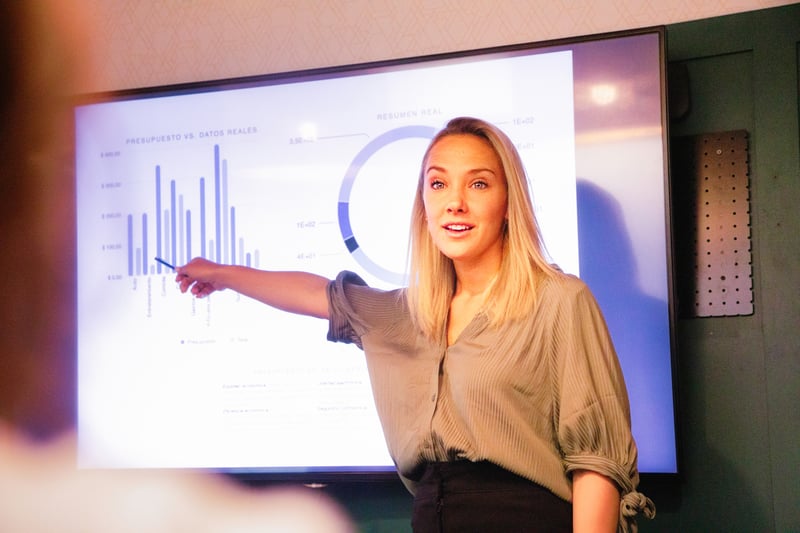
The efficiency of your sales cycle stages is incredibly important to the success of your sales. With our 24 tips for each stage, hopefully, your sales cycle stages will become seamless steps in a well-oiled machine.
You may have noticed that a few of our tips included using a CRM. That's because a CRM is an incredibly powerful tool for sales to be using.
If you don't have one yet but are looking to get one, contact Ringy to request a demo.

Skyrocket your sales with the CRM that does it all.
Calling? Check. SMS? Check. Automation and AI? Check. Effortlessly keep in touch with your customers and boost your revenue without limits.

Take your sales to new heights with Ringy.
Sales in a slump? Ringy gives you the tools and flexibility you need to capture leads, engage with them, and turn them into customers.
Subscribe to Our Blog
Enter your email to get the latest updates sent straight to your inbox!
Categories
Related Articles

